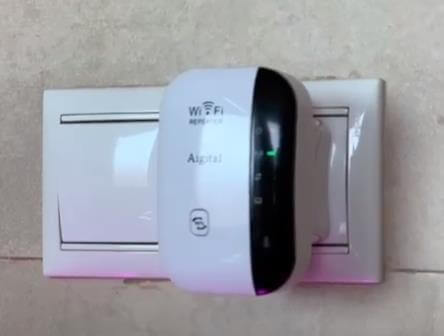WiFi at home and in the office, etc. they are all good as long as they provide good internet speed. Everyone is facing this place within the WiFi range which has not good speed and the network is very slow. These are the WiFi dead zones that receive the least portion of the WiFi network from the router causing choppy internet.

It is not the router that is causing these dead zones and even a perfectly working router can have dead zones. These are there due to obstacles such as walls and devices at home that we have.
These dead zones are annoying but there are things that can fix these zones or at least help bring them back to a good state. To find these dead zones you can use apps like WiFi analyzer that allows you to have the correct information about the WiFi strength. Walk around and see where the force is weakest because that’s the dead zone.
Relocate the location of your router
The position of the routers plays an important role in the WiFi network, as a router placed in a dense place in some corner will have a weak network in many places. A router placed in the middle of the house will cover most places and the power will be equally available. If your router isn’t working right and has too many dead zones, try moving it somewhere else. Make sure it is not surrounded by too many walls and objects that might interfere with the network.

Keep your router firmware up to date.
An outdated router is mostly a choppy router that doesn’t provide the best of its plan. Even with a subscription to an expensive plan, you may not get a good Internet experience with an outdated router. Update the firmware from time to time to ensure it is performing at its best.
Use WiFi booster
The WiFi signal amplifier or extender is hardware that allows you to increase the WiFi range. By keeping them within range of routers in the right place you can increase the coverage area up to twice the range of the router itself.